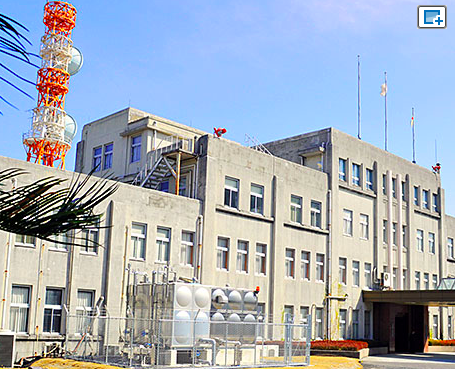
Koji Suohara is a staff writer for the Asahi Shumbun, a popular Tokyo newspaper. He gave me a jolt this morning when colleagues brought the matter of his most recent article to my attention.
I did not need a jolt- I already had one in the darkness when the clock radio kicked on and a break in the soothing classical music program informed me the sleet and snow would be arriving in the region around ten. I sat bolt upright and realized I had to get the Panzer loaded with laundry and groceries and burst down the road ahead of the ice to the farm.
I was anxious to find out if the pipes had burst in the last couple weeks of bitter cold.
I did not anticipate plowing into the mound of solid white stuff the plows had piled up across the entrance to the driveway, and only got back to the article once I had waded to the back porch to get a shovel and dig the car out, drive wildly around the circular drive to knock down the crusted inches of snow, pull the gate off the hinges to gain access to the front yard, unlock the house, reboot the modem, re-set the clocks and light the scented candle.
I was drawn back into the warmth of memory, and of the stark contrast between the lovely winter day in Honolulu and the long-ago horror in the harbor.
Koji wrote a straightforward account of a plan to demolish a sub-standard pre-war building on Kagoshima. The structure doesn’t meet modern earthquake standards and it has to go. “Constructed in 1936,” he wrote unemotionally, “the four-story structure is now used by the Maritime Self-Defense Force at Kanoya Air Base.”
The Defense Ministry decided to tear it down and rebuild, to ensure the safety of officers, sailors and civilian employees. But there was a little bit more to it.
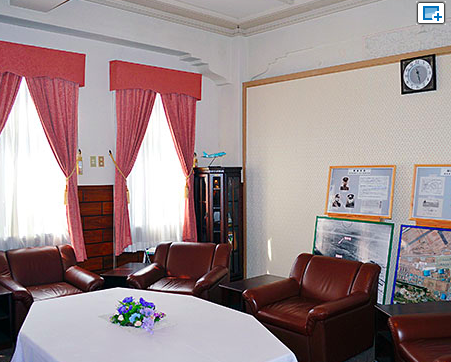
The “Kanoya Conference” was held in the 375-square-foot room on the second floor in February of 1941. Subject for the highly secret meeting was planning for the surprise attack on Pearl Harbor.
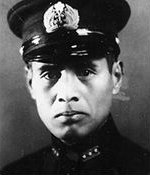
(Architect of the Pearl Harbor attack, CDR Genda. He survived the war and went on to be the third Chief of Staff of the Air Self-Defense Forces).
Admiral Isoroku Yamamoto, commander in chief of the combined fleet, instructed Vice Adm. Takijiro Onishi, chief of staff of the 11th Air Fleet, to assess the feasibility of an attack by carrier-launched aircraft on the U.S. naval base in Hawaii. Onishi in turn summoned one of the premier naval aviators of his day, CDR Minoru Genda, to the room and ordered him to study how to carry out the surprise attack.
A new five-story building was completed earlier this year within the compound, and the MSDF is expected to begin moving in from the first week of March, after which the historic building will be demolished.
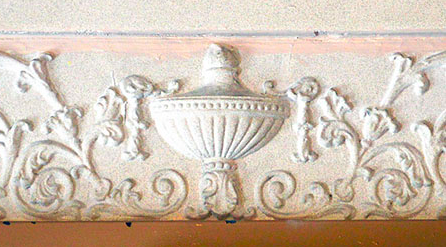
(According to Koji. “A wall and ceiling of the room are still decorated with crown-like reliefs from 74 years ago. The MSDF spokesman says there are plans to make replicas of the two reliefs so they can be displayed in the new building”).
Demolition of the old Imperial Japanese Navy building will get under way once the move is completed. It reminds me of something that happened over twenty years ago. Despite a long struggle by historians and preservationists, the Ministry of Defense knocked down the World War II headquarters of the Japanese Imperial Army in 1994.
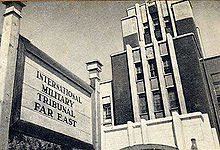
In addition to running the invasion of China and the prosecution of the general war against the Allies, the building was the site of the 1946-48 Tokyo war crimes trials of key Japanese military and civilian leaders and the sensational suicide of famed writer Yukio Mishima in 1970. He was an ultranationalist whose private army attempted a coup d’etat to push for a revision of Japan’s U.S.-drafted constitution.
There is history, and of course there is inconvenient history. The Chinese often wax hysterical about the revision of Japanese textbooks to minimize some of the excesses of the former fascist government. The Comfort Women narrative of forced slavery. The Rape of Nanking. Medical experiments on prisoners. Those sorts of things. I completely understand the concern.
That is not to say that I support the airbrushing of history. Once, long ago, I went up to Tokyo to visit some of the notable buildings that had survived the American bombing. One was the Frank Lloyd Wright-designed Imperial Hotel. Another was of course the original Sanno Hotel, one of the few structures to have survived the great 1923 earthquake. It was an American Forces establishment with the best bar in Tokyo in my day, though in the years before the war it was host to Japanese military and civilian leaders. It is gone now.
Famously, a firebrand nationalist Army officer named Hideki Tojo had leapt on top of a table to exhort his comrades to conquer the East by the sword.
The last building I wanted to tour was the Dai Ichi Insurance Company. It was near the Emperor’s palace, and minimally damaged. Douglas MacArthur took it over as his General Headquarters for the Occupation. It is a handsome structure, and still there, though the original building has been incorporated into a larger office tower.
The company permitted escorted tours of General MacArthur’s office, which at that time was a dark-paneled suite on the top floor with a single leather office chair and a couple bucolic-themed framed prints on the wall. My guide did not speak much English, and was working off a script. She let me look around, but there was not much to see, though a bustling conqueror’s world to imagine.
The end to the script indicates that the company does not use the office except once a year. The language barrier prevented me from discovering exactly what happens on that occasion. I bet it is pretty good, whatever it is.
History, you know?
Copyright 2015 Vic Socotra
www.vicsocotra.com
Twitter: @jayare303
